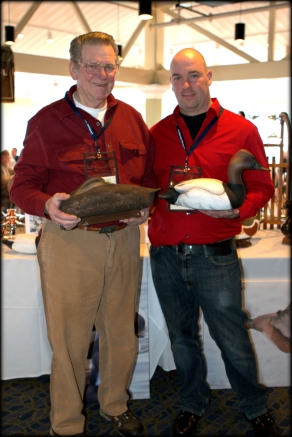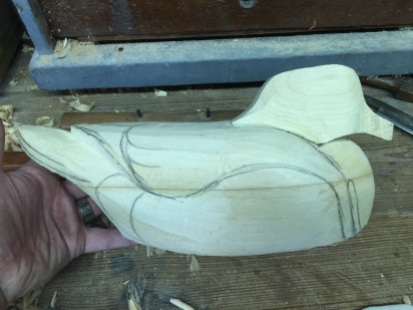Judy Sefchick Edwards, Wildlife Biologist, shares the conservation and family traditions at Missisquoi National Wildlife Refuge.
Ducks in the air and leaves on the ground mark both the end of summer, and the beginning of a long-held tradition. The refuge boat launch is bustling with young, smiling faces, animated chatter, and enthusiastic adults taking photos, to preserve great future memories. It’s the start of Vermont’s duck hunting season, with the Youth Waterfowl Hunting Weekend at Missisquoi NWR!
Surrounded by the genuine fervor and excitement, I can’t help but smile. Not only did this crew have a successful refuge hunt, but they also had a memorable family day outdoors. Again, I’m reminded that the conservation tradition of waterfowl hunting, and the purchase of Federal Duck Stamps, has made it possible for us all to experience and enjoy our National Wildlife Refuge System.
“Missisquoi NWR has one of the northeast’s largest, natural, freshwater wetland complexes, and is one of the last truly wild places in Vermont,” says native Vermonter, Chris Smith, an avid first-generation duck hunter, and father as well as mentor, to junior duck hunters, Zach and Caleb. Not only are the Missisquoi Delta and Bay Wetlands important stopover sites for migratory waterfowl in the Atlantic Flyway, but they’re RAMSAR designated “Wetlands of International Importance” too.
What’s more, this refuge is living proof that duck stamps do more than provide a license to hunt. With ninety-eight cents of every dollar going towards National Wildlife Refuge System lands, it’s no surprise that 87.5% of Missisquoi NWR was bought with duck stamp dollars. Chris is proud to buy them and says, “Without duck stamps, the number of waterfowl, water birds, and other wetland-dependent species would decline, as would the opportunities to recreate in these special places.”
This weekend, the Smiths arrived at the refuge with great anticipation and preparation. Chris says, “I enjoy seeing all the ‘firsts’ for young hunters: wearing waders, getting stuck in mud, or shooting certain ducks.” A month earlier, the family attended the refuge’s annual Junior Waterfowl Hunter Training, to improve skills and discuss safe, ethical hunting, and wildlife conservation. Completion of the training, and a subsequent lottery draw, gave these juniors a chance to hunt in sought-after refuge blinds.
As a mentor, Chris won’t hunt, but says, “It’s rewarding to pass along knowledge and experience, and have an opportunity for real quality time with my sons.” He’s proud to have passed this tradition down to them. Chris remembers when both boys shot their first banded ducks at the refuge. “I’ll never forget their excitement and pride,” he said, then added, “Without the refuge, my hunting experiences would be greatly diminished, but the loss of wildlife would be even more devastating.”

Caleb and Zach Smith at the end of a hunt on Missisquoi NWR
Missisquoi NWR means different things to different people, but the age-old tradition of waterfowl hunting is the reason this refuge exists. For some, like Caleb, the refuge represents a chance to observe and hunt near the greatest concentration of waterfowl in Vermont. “Seeing lots of ducks and having many opportunities to shoot, sets the refuge apart,” he said. To others, like Zach, “It’s a place where I can get out of the house and do stuff I love—whether it’s hunting, fishing, or banding ducks with Judy. It’s a great place.”


















